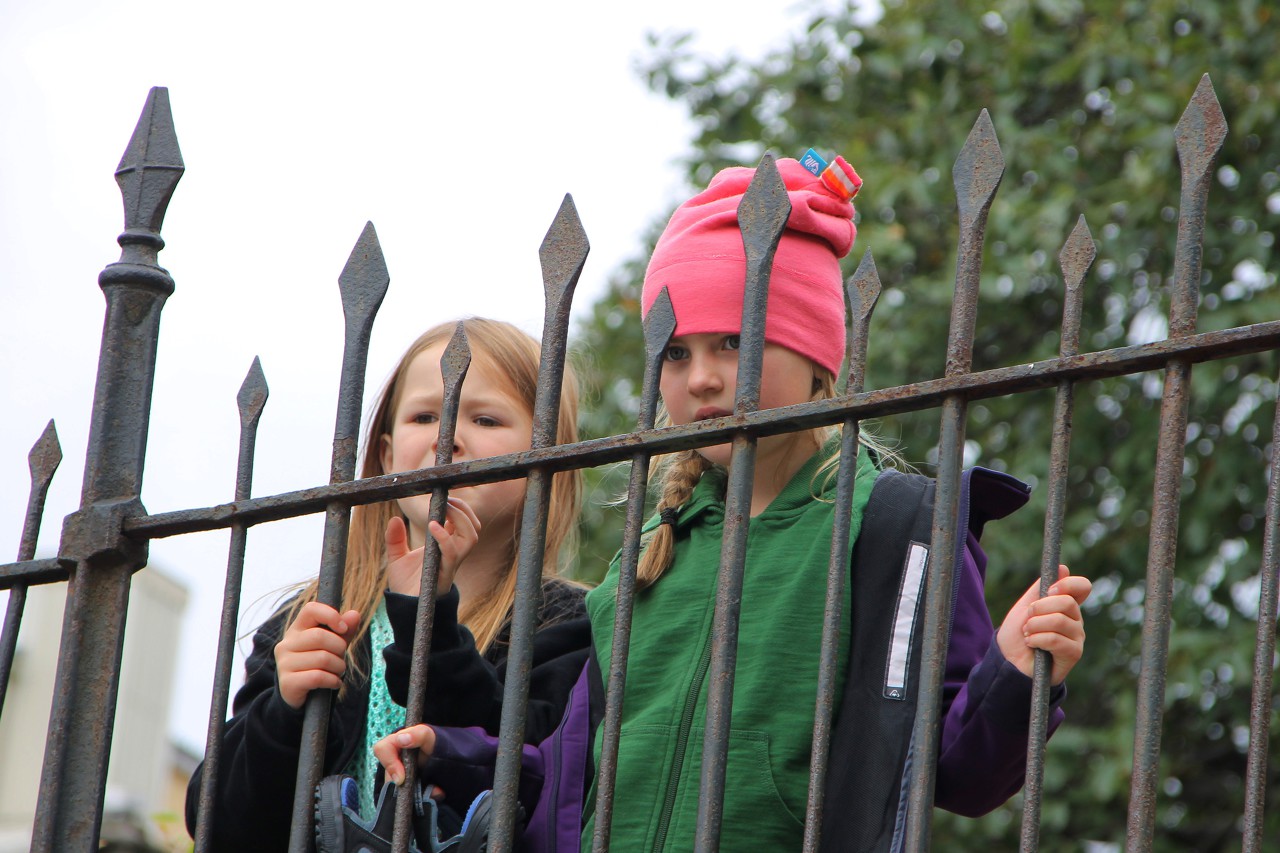Kindergarten (Christi Krybbe skoler), Bergen
To the left of the lower station of the Fleibanen funicular is one of the oldest folk schools in Scandinavia. The school was founded in 1737 and was named "Korskirken School for the Poor", after the parish church (Korskirken).
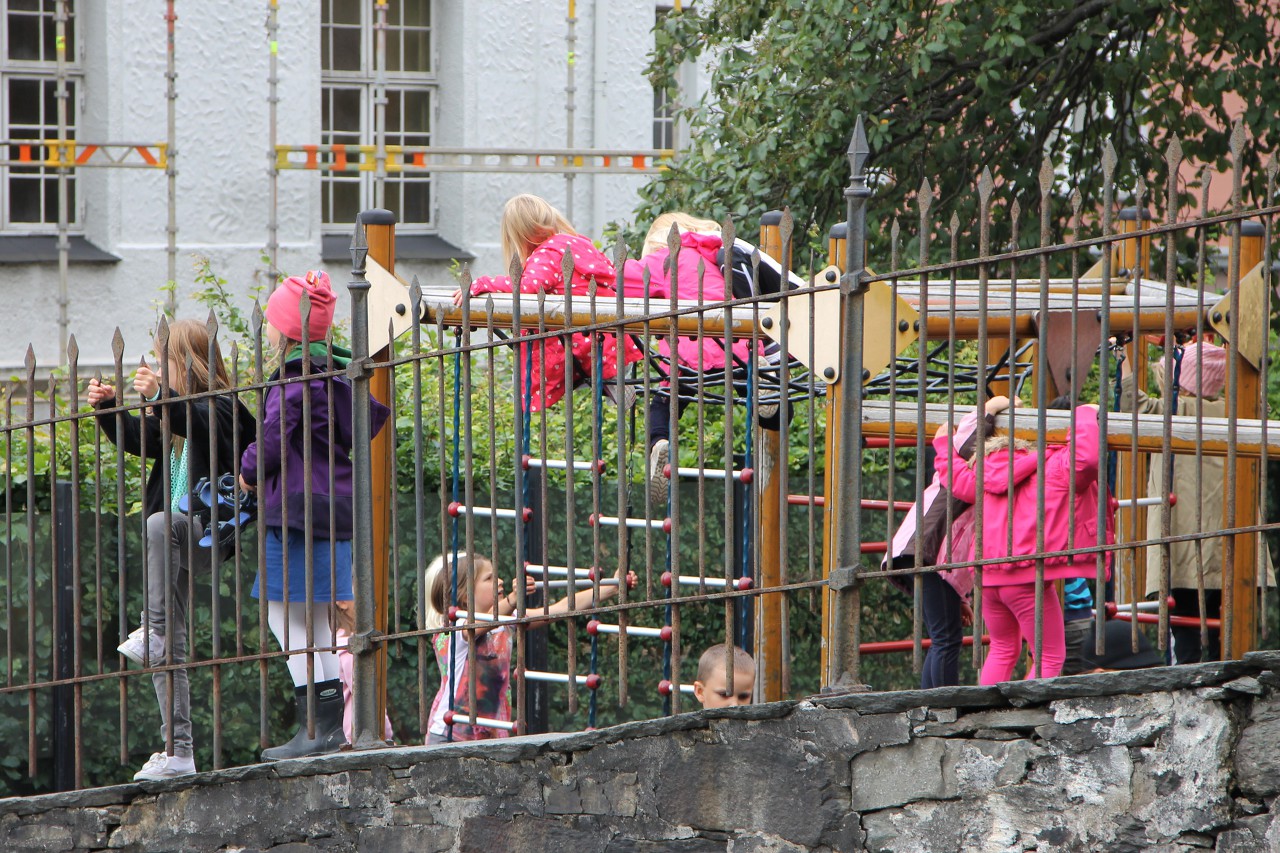
In 1840, a special building was built for the school, called the Christi Krybbe fundasskole. The school operated until 1970, when it was transformed into a preschool.

After watching the kids frolic, I didn't find any teaching staff anywhere. Children are completely free to do what they want. There is also no division by age group.
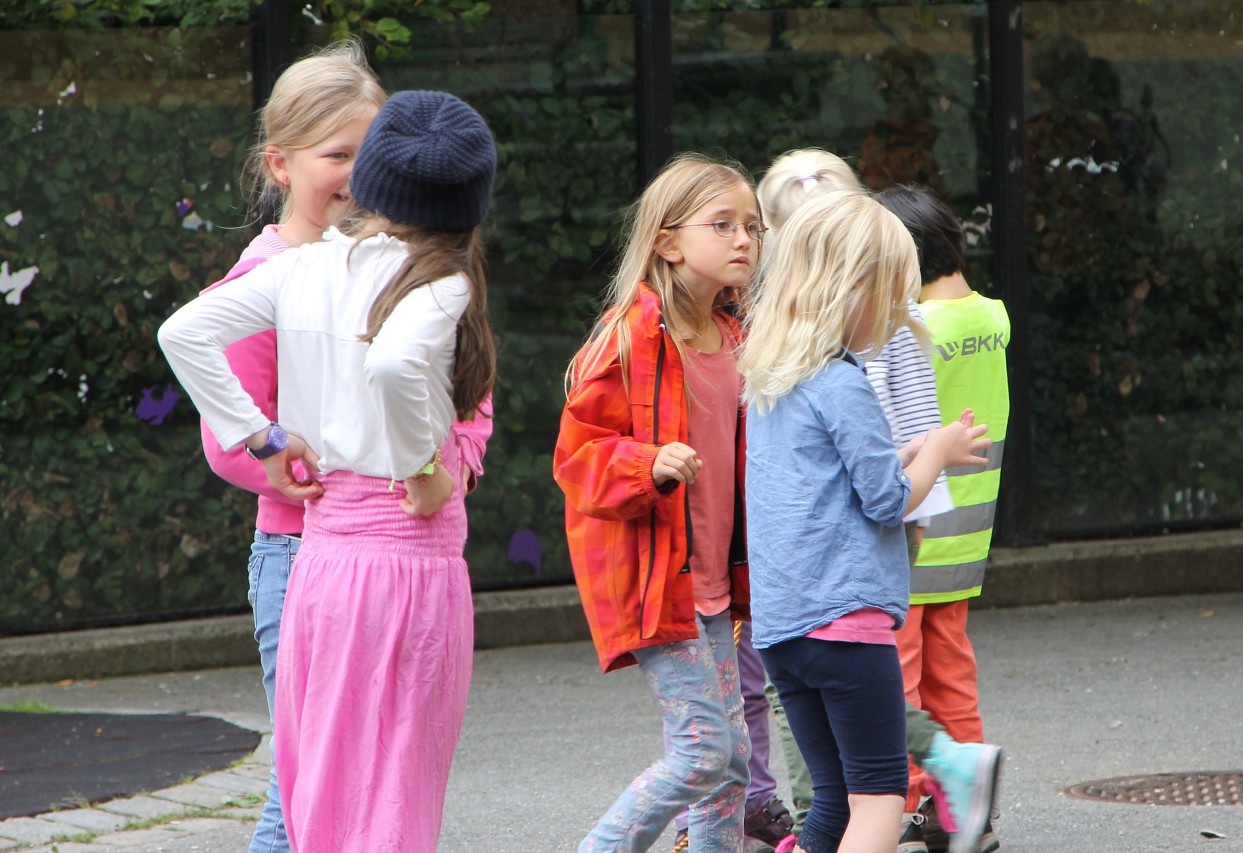
This is quite surprising, since Norwegian laws require one kindergarten worker for every six children, as well as at least one teacher-trained teacher for a group of 14 children.
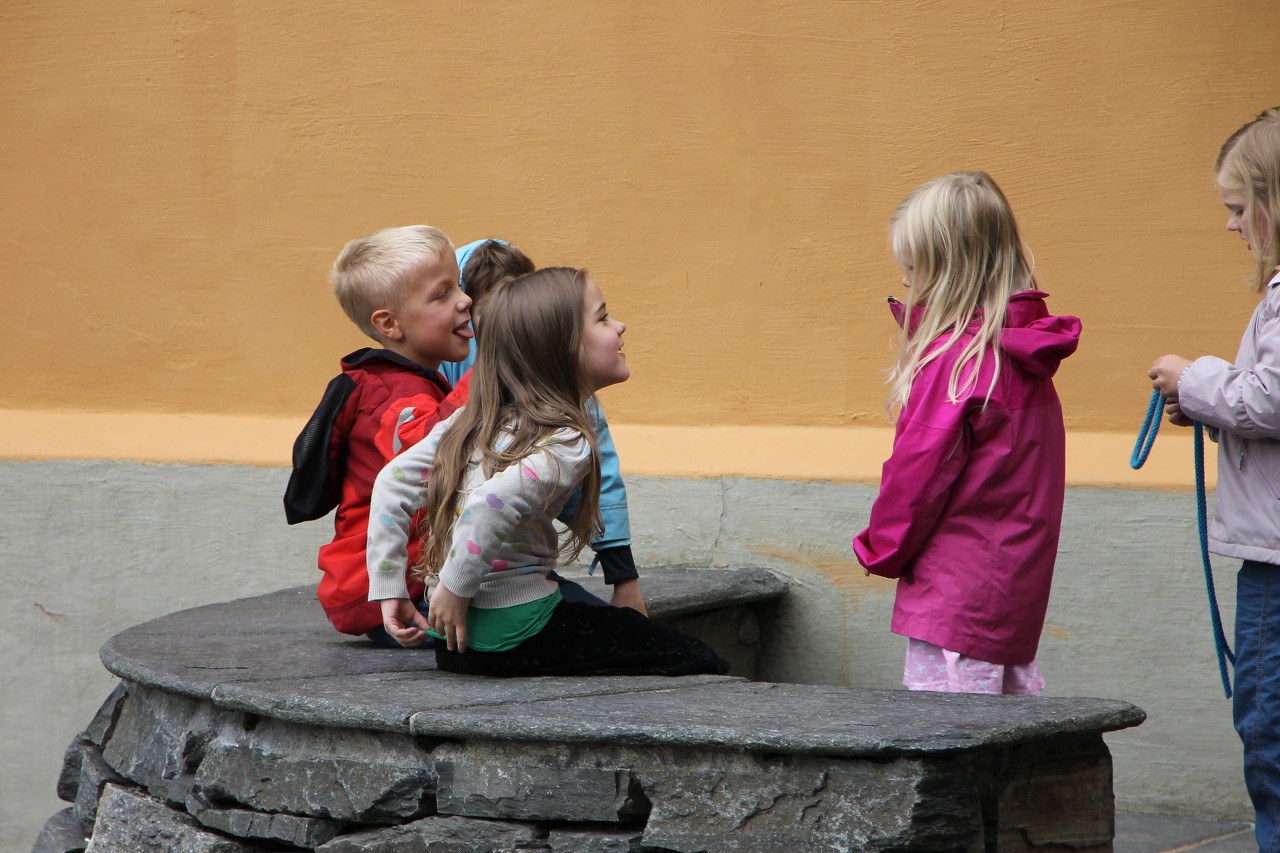
At the head of the preschool curriculum are two goals: the development of sociability and physical development of the body. Then there are art and culture, creativity, and the development of mathematical abilities. Students are taught a love of nature and an interest in participating in public life.
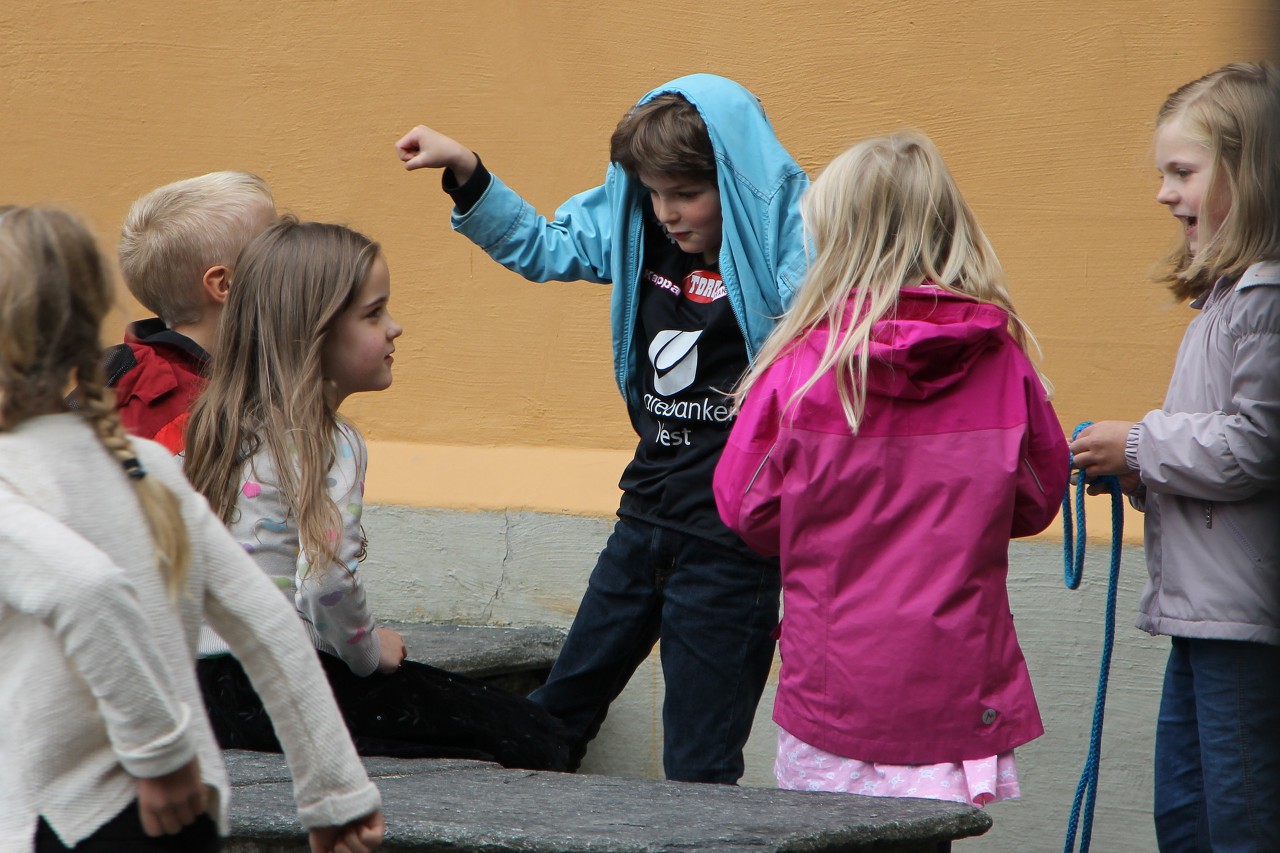
Most of the time children spend outside, in any weather. There are kindergartens located outside the city, in nature, where children live in container houses in the most spartan conditions, even there are no beds - air mattresses on the floor. Therefore, the Norwegians are a very seasoned and healthy people.
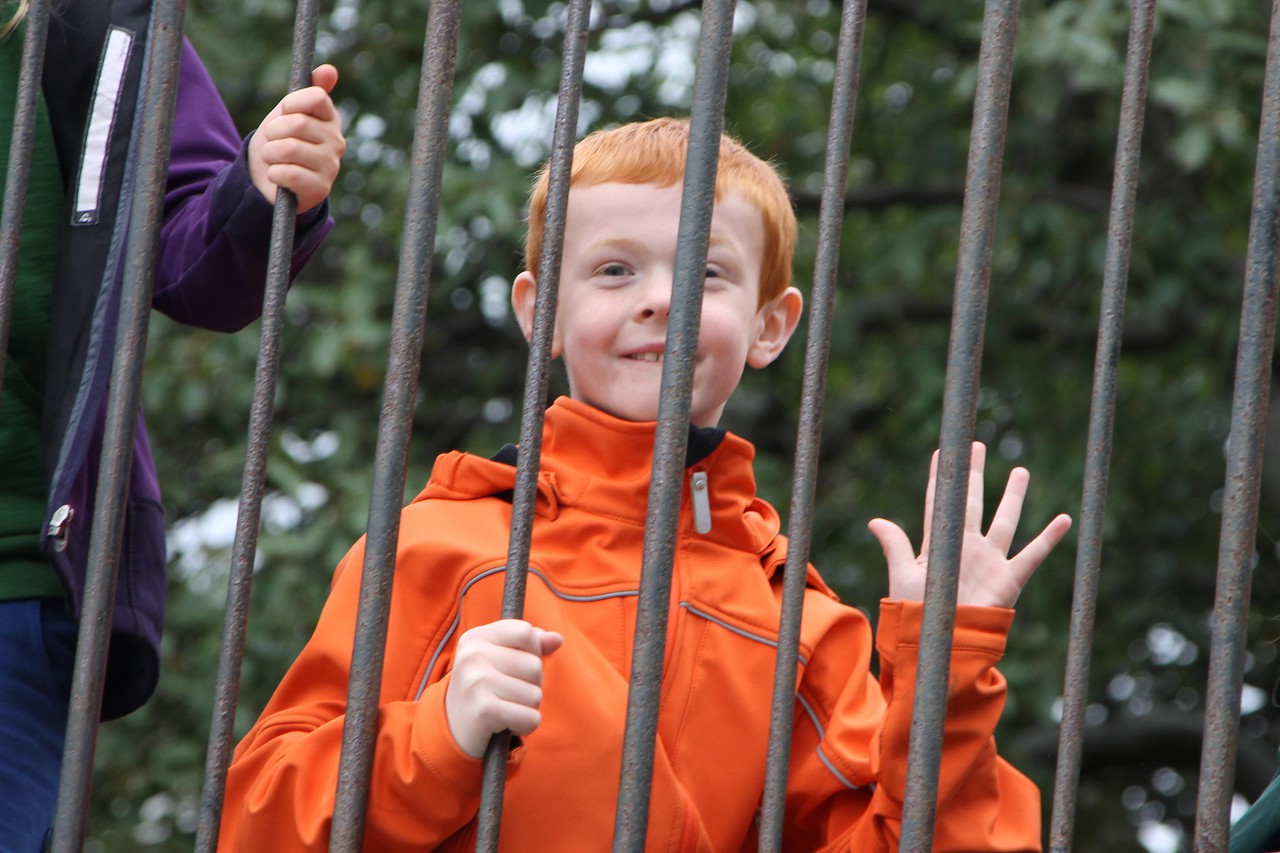
Kindergartens in Norway are paid, but accessible to all segments of the population. There is no compulsory pre-school education here, but the state guarantees that every child is provided with a place in kindergarten.
